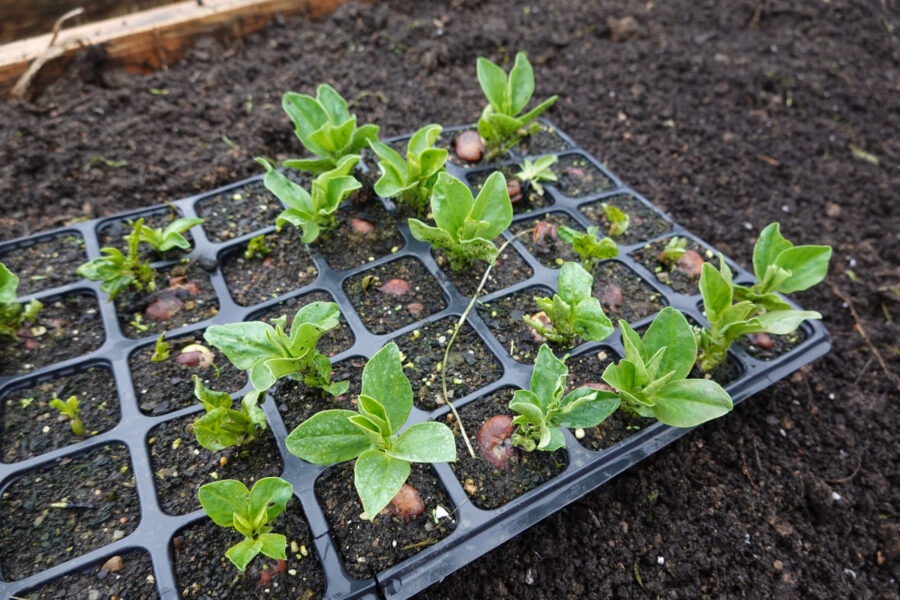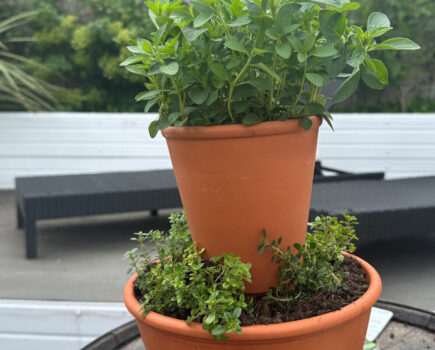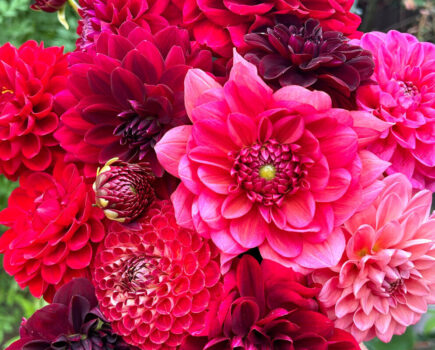Andrew Oldham explains how to use a centuries-old method for early cropping
Winter bites, but long before we hung up our secateurs and headed for the fireside, the gardeners of the past turned to fresh manure in the cold months, to extend the growing season.
The hotbed has a long history, going as far back as when the Romans were here, and saw a resurgence in the 17th century when estate and market gardeners wanted to bring out-of-season crops to the dinner table. The idea of eating strawberries in the depths of winter may diminish our eco-credentials today, when much of our fresh fruit and veg is imported and stacked high in supermarkets when it ‘shouldn’t’ be, but the race for growing out-of-season produce is actually more than 2,000 years old and something that many of us can do without fear of a massive carbon footprint.
Over the years I’ve constructed hotbeds in the traditional way using old boards to make a deep bed around 1.2m (4ft) deep and square. I make sure the bed is facing south, in a sheltered position or even in a greenhouse, and then fill the first 1m (3ft) with rotting horse manure, straw and all, from spent bedding.
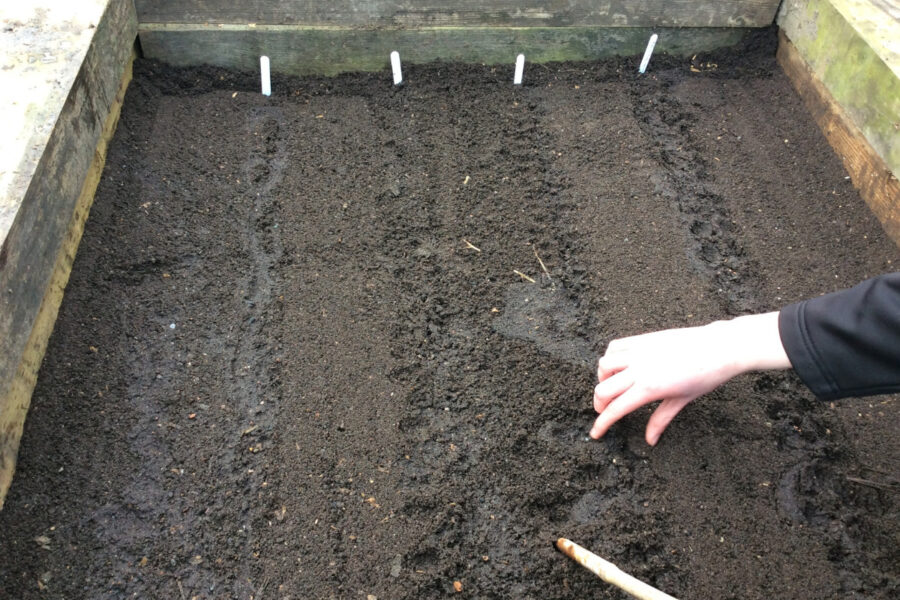
I allow around a fortnight for the manure to settle, adding more if needed. Then I cap with around 20-25cm (8-10in) of garden soil and compost mixed 50:50, firm it down gently, as if preparing a seed tray, and directly sow into it.
You must never plant into the manure and the depth of soil depends on what you have chosen to grow. In the past I’ve planted strawberry runners, radishes, courgettes, lettuce and a myriad other vegetables. I always cover the bed at night with a make-do cloche, such as old windowpanes, plastic sheeting or even a cold frame roof.
The latter is the easier way, and the traditional way, allowing you to plant within the cold frame, and making air circulation during the day much easier, for this bed relies on you to uncover it during the day and cover it up at night. All watering must be done by you too, and the water must be tepid. An easy way to do that is to always have a watering can full in the greenhouse, which will warm up during the day.
The science of a hotbed
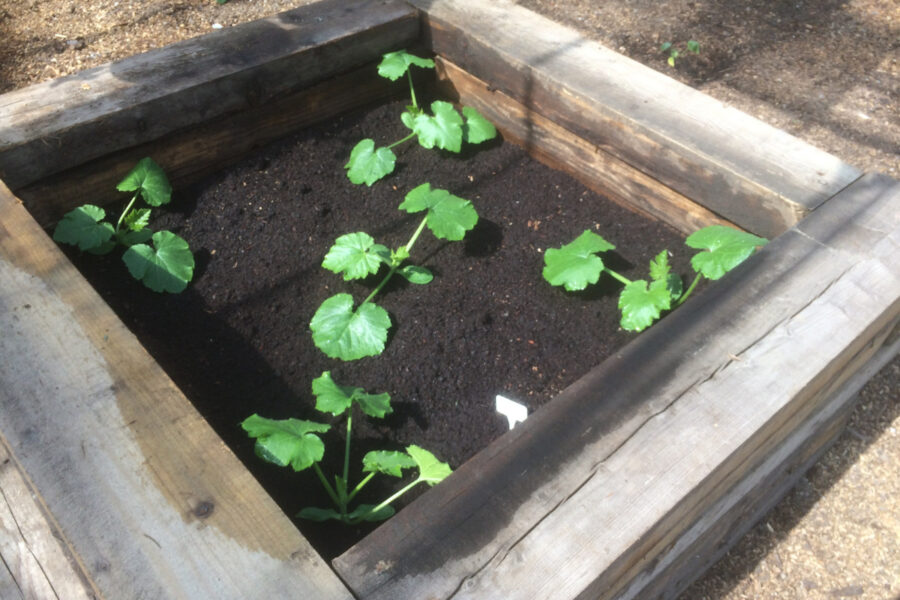
Hotbed sowings can get leggy and suffer from mildew if left covered all the time. On sunny days, a hotbed should have air circulation by propping up the chosen cover by a few inches. The science of a hotbed is simple, and like any manure or compost heap turned on a cold winter’s day, the gardener will observe the amount of heat steaming out. This is the heat the gardener wants and has used over the past 400 years to bring spring forward and push winter back.
As the manure rots, a steady warmth is emitted up through the soil/compost mix and the explosion of microbial life reaches out for the roots of the crops. It has to be noted that hotbeds also release carbon dioxide and methane, but not on the scale of international shipping. Likewise, hotbeds do not have to be large but must always be deep to generate the heat needed. They can also be used to start seedlings without the need for heat mats by placing seed trays onto the soil.
After four months, the hotbed will start to cool and the contents can be returned to the garden. A good hotbed will also heat up a small greenhouse, keeping it largely frost-free, which will save you money and utilise a waste product that can be reused later in the year to feed your garden.
…………….
Many different soil-improving manure options
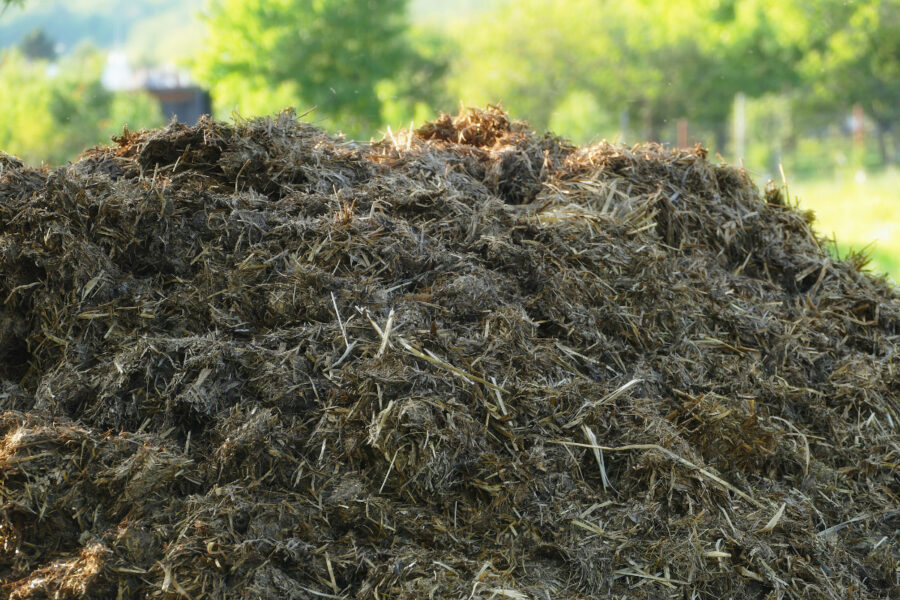
1. Source some manure from local farms, stables or garden centres. It can take up to 5-6 months to decay if not touched, or as little as eight weeks if turned regularly, depending on the weather and temperature. Manure that is ready to use will look brown, be crumbly to the touch, and have no smell.
The gardener has a wide choice of manures at this time of year:
Chicken manure
A great source of nitrogen, phosphorus, and potassium, but not suitable for using directly. If you keep your own hens, you will have a steady supply of it. It is also available as a dried, pelleted product. It acts as a great compost accelerator when mixed in with other brown and green ingredients.
Horse manure
The most common manure due to the rise of horse-keeping. It is a good choice for gardens because it has a balanced nutrient profile and is less likely to contain weed seeds. However, always stack manure for several months to avoid hidden weeds or weedkiller residue.
Sheep manure
Not readily available everywhere in the UK, it has a lower nutrient content than other manures, but still provides organic matter and nutrients to the soil. Combined with unwanted fleeces, the sheep byproducts have a valuable place as a mulch in the garden.
Cow manure
Contains nitrogen, phosphorus, and potassium, the primary nutrients for plant growth. It also makes a great manure tea – simply put some in an old pillowcase and submerge into a full water butt and make your own plant feed!
………………….
Future thinking – a self-sufficiency idea: grow to preserve
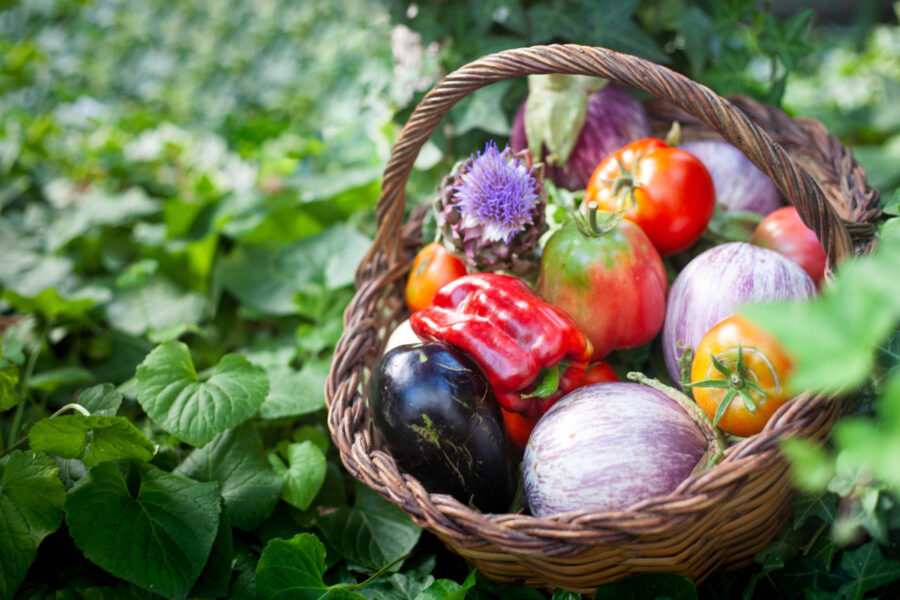
Sow seeds for produce you can use to make winter preserves, such as tomatoes, chillies, cucumbers, and aubergines. All of these can be preserved later in the year for use over winter and can be started now on a warm windowsill.
Find more tips, advice and articles like this at the Amateur Gardening website. Subscribe to Amateur Gardening magazine now

